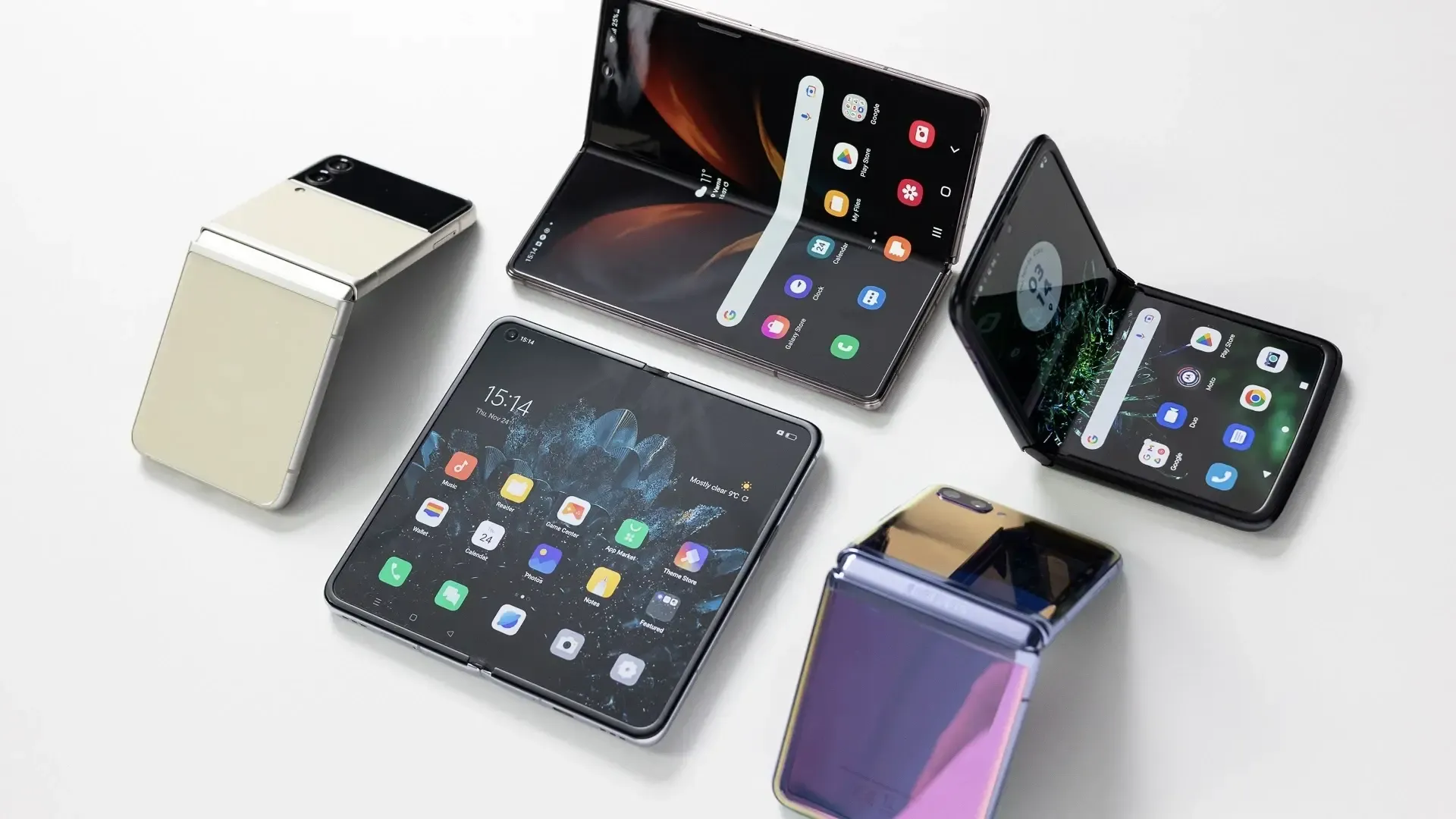05-03-2024

Foldable mobile phones have been on the market for several years. However, due to high costs, limited software functionalities, and vulnerability, they were never very popular. We are now witnessing significant strides in these areas, resulting in a surge in foldable mobile phone adoption. But what does this mean for repairing these screens? In this blog, we'll delve into this topic.
With the emergence of foldable smartphones, various concepts were present. It appears that manufacturers primarily adhere to two concepts as they are the least vulnerable. The first is the 'Fold,' where you unfold the device like a book into a small tablet. Though there are variations in screen ratios within this concept, they all feature an inward folding screen. Examples include the Samsung Galaxy Z Fold and Google Pixel Fold.
The second category involves the clamshell design, with a horizontal fold. In the folded state, this half is about half the size of a regular smartphone and quite square. Once unfolded, it functions as a regular smartphone. Examples include the Samsung Galaxy Z Flip and Motorola Razr.
If rumors are to be believed, a new foldable variant will be added to the different concepts this year (2024). It seems Samsung is set to introduce the first triple-foldable model, featuring a larger screen than its predecessors.
We want to emphasize the importance of preventive measures to minimize repairs for foldable phones. Applying a phone case and a screen protector can be crucial to protect the device from impact damage, scratches, and falls. Foldable screens are made of plastic and are more prone to scratching than chemically hardened glass. Although efforts are being made to address this vulnerability, such as placing a thin layer of glass between the plastic for protection, we still recommend users to use a phone case and a screen protector for enhanced protection.
Repairing foldable phones can be a challenging task due to their unique design. The intricate folding mechanism requires expertise for disassembly and repair. Taking these phones apart is more complex and time-consuming. However, this is not the only issue. Since these phones have been on the market for a short time, the availability of parts for them is limited. This can lead to longer wait times for repairs and higher costs.
There is progress in parts availability for foldable phones. For Google Pixel Fold phones, batteries, inner screens, and cameras are already widely available. As foldable phones become more common, manufacturers are likely to address this issue by producing more parts, solving the repair problem for the most part.
Below is a list of tools commonly used for foldable phone repairs:
As foldable phones gain more ground and technological advancements continue, staying informed about the latest trends and developments is essential for repair shops to stay competitive.
Estamos disponíveis de segunda a sexta das 09:00 - 17:00 (CET)